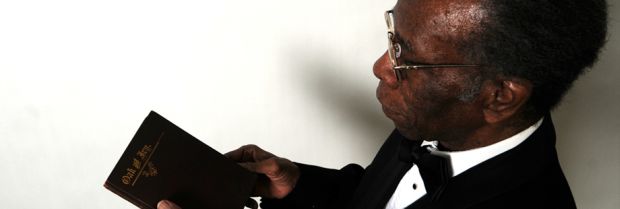
English Faculty Publications
Document Type
Book Chapter
Publication Date
2011
Publication Source
The Other World of Richard Wright: Perspectives on His Haiku
Abstract
Richard Wright’s haiku — both the 4,000 he wrote at the end of his life and the 817 he selected for inclusion in Haiku: This Other World (1998) — remain something of an enigma in his larger oeuvre; critics variously position them as a continuation of his earlier thematic concerns in a different literary form, an aesthetic departure from the racialized limitations imposed upon his earlier work, or one of several positions in between. Such arguments debate the formal construction as well as the strategic reinvention of Wright’s haiku. The present essay engages both sides of this conversation, arguing that Wright’s inversion of the logic of the “haiku moment” offers him a new generic form with which to explore the themes of alienation, dehumanization, and inequality appearing in his earlier works. Wright’s reformulation of the haiku moment allows him to reengage the same cultural and social mores seen in his earlier works in a different generic context, one stripped of the pre-inscribed notions of identity that influence the critical reception of his prior works. Mapping out the revisions Wright strategically employs to manipulate the formal construction of his haiku reveals the way those manipulations allowed Wright to refine and extend his artistic vision. In the afterword to Richard Wright’s Haiku: This Other World, Yoshinobu Hakutani and Robert L. Tener discuss the “haiku moment”: Quoting Joan Giroux’s definition, they observe that “the haiku moment ‘may be defined as an instant in which man becomes united to an object, virtually becomes that object and realizes the eternal, universal truth contained in being.”
This moment of unification between nature and humanity, where the two become inseparable, is mediated by the author’s evacuation of subjectivity in the act of representation, and “[a]ll nature is unified with human beings through the poet’s perception and expression,” making the author’s perspective “almost imperceptible.” As such, the haiku moment is created by the writer’s contemplation of a natural object that, when presented as a visual image in the haiku, allows the writer to merge with nature via that contemplation. In this definition, the relationship between nature and humanity is located as an essential requirement to create the seamless fusion of form and content found in haiku.
Inclusive pages
92-121
ISBN/ISSN
978-1617030222
Document Version
Published Version
Copyright
Copyright © 2011, University Press of Mississippi.
Publisher
University Press of Mississippi
Place of Publication
Jackson, MS
Peer Reviewed
yes
eCommons Citation
Morgan, Thomas Lewis, "Inverting the Haiku Moment: Alienation, Objectification, and Mobility in Richard Wright’s ‘Haiku: This Other World’" (2011). English Faculty Publications. 23.
https://ecommons.udayton.edu/eng_fac_pub/23
Included in
Comparative Literature Commons, Modern Literature Commons, Poetry Commons, Reading and Language Commons



Comments
All haikus included in this chapter were printed with the permission of the family of Richard Wright; the chapter is included in the repository for download with the permission of the publisher. The family of Richard Wright, by way of literary agency John Hawkins & Associates, also gave permission for the inclusion of 10 haikus of the author's choosing.
Permission documentation is on file.